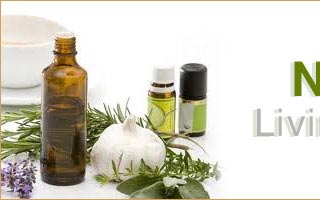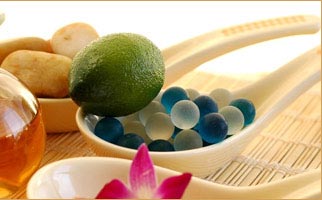 |
Botanical Name |
: |
Rosmarinus officinalis |
 |
Common Name |
: |
Rosmarinus officinalis l. leaf oil, Rosemary essential
oil |
 |
CAS # |
: |
8000-25-7, F.E.M.A. : 2992 |
 |
Plant Parts Used |
: |
Leaves and flowering tops |
 |
Extraction Method |
: |
Steam Distillation |
 |
Color & Odor |
: |
Colorless to pale yellow clear liquid with herbal,
camphor, woody, balsam fragrance |
Description :
This evergreen tree can grow up to 40 meters (130 feet) and has a flat
crown. The bark is a reddish-brown that is deeply fissured with needle-like
gray-green leaves.
Constituents & Specifications :
Rosemary oil has various chemical compounds that include Pinenes, camphene,
limonene, cineol, borneal, camphor, linalol, terpineol, octanone and bornyl
acetate.
Specific Gravity : 0.89800 - 0.92200 @ 25°C
Refractive Index : 1.46600 - 1.47000 @ 25°C.
Properties :
Analgesic, antibacterial, antifungal, antiseptic, antispasmodic,
astringent, carminative, cholagogue, hypertensive, nervine, rubefacient,
stimulant, stomachic and sudorific. It is also considered antidepressant and
uplifting
Benefits & Uses :
- Rosemary oil is used for all variety respiratory problems colds,
sinusitis, lung congestion and asthma. Traditionally used for healing
skin problems, it is commonly added in preparations to help acne,
eczema, over production of skin oil, dermatitis, etc.
- It's used in many citrus colognes, forest and oriental perfumes and
eau de cologne. Rinses for dark hair often contain rosemary, as do room
deodorants, household sprays, disinfectants and soaps. It is also used
in inhalation, bath and massage.
- Rosemary has a very old reputation for improving memory, and has been
used as a symbol for remembrance.
![]()
![]()



![]()
![]()